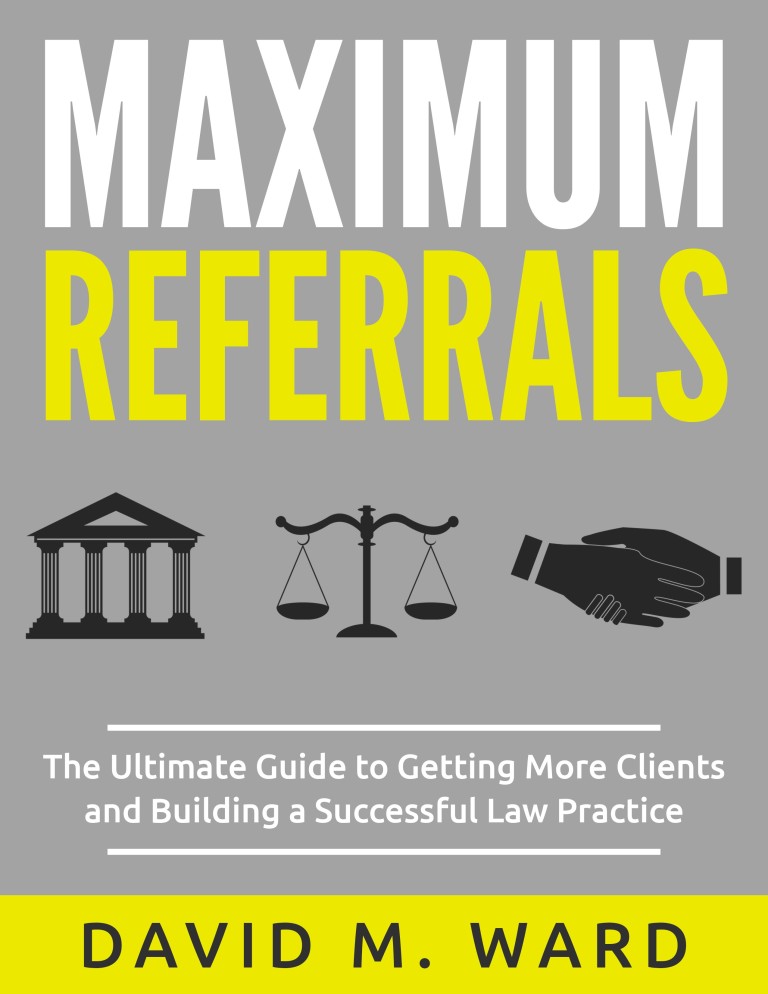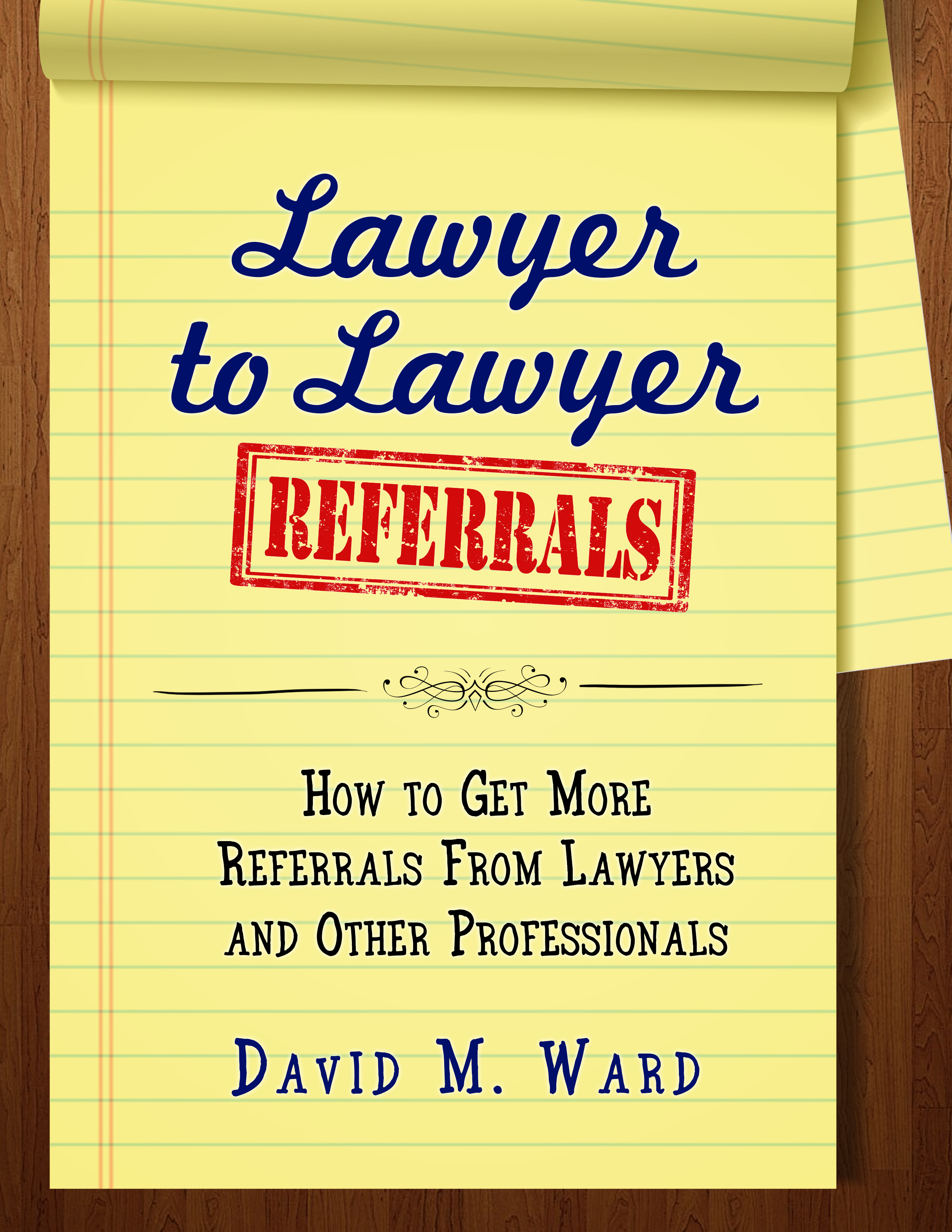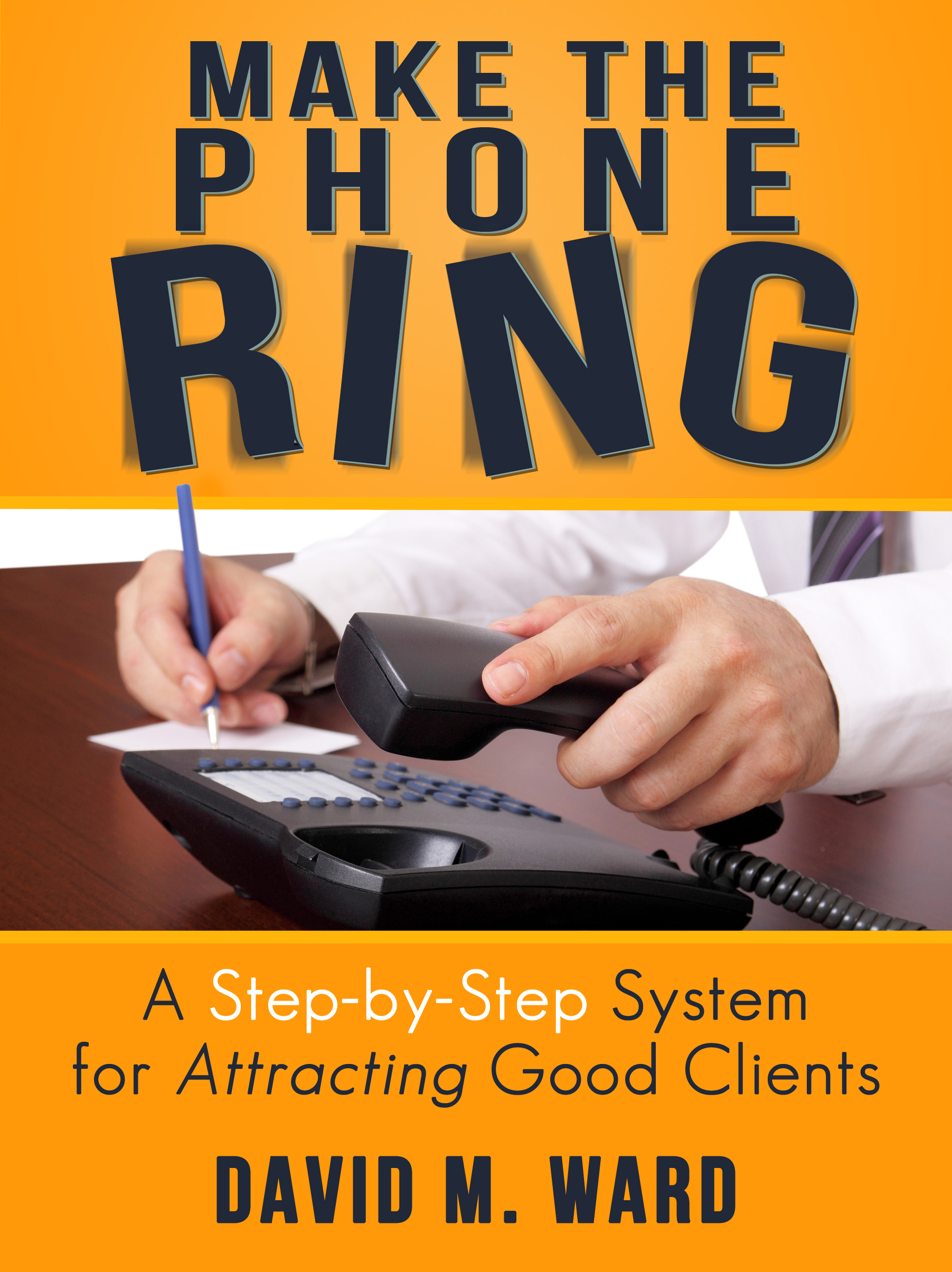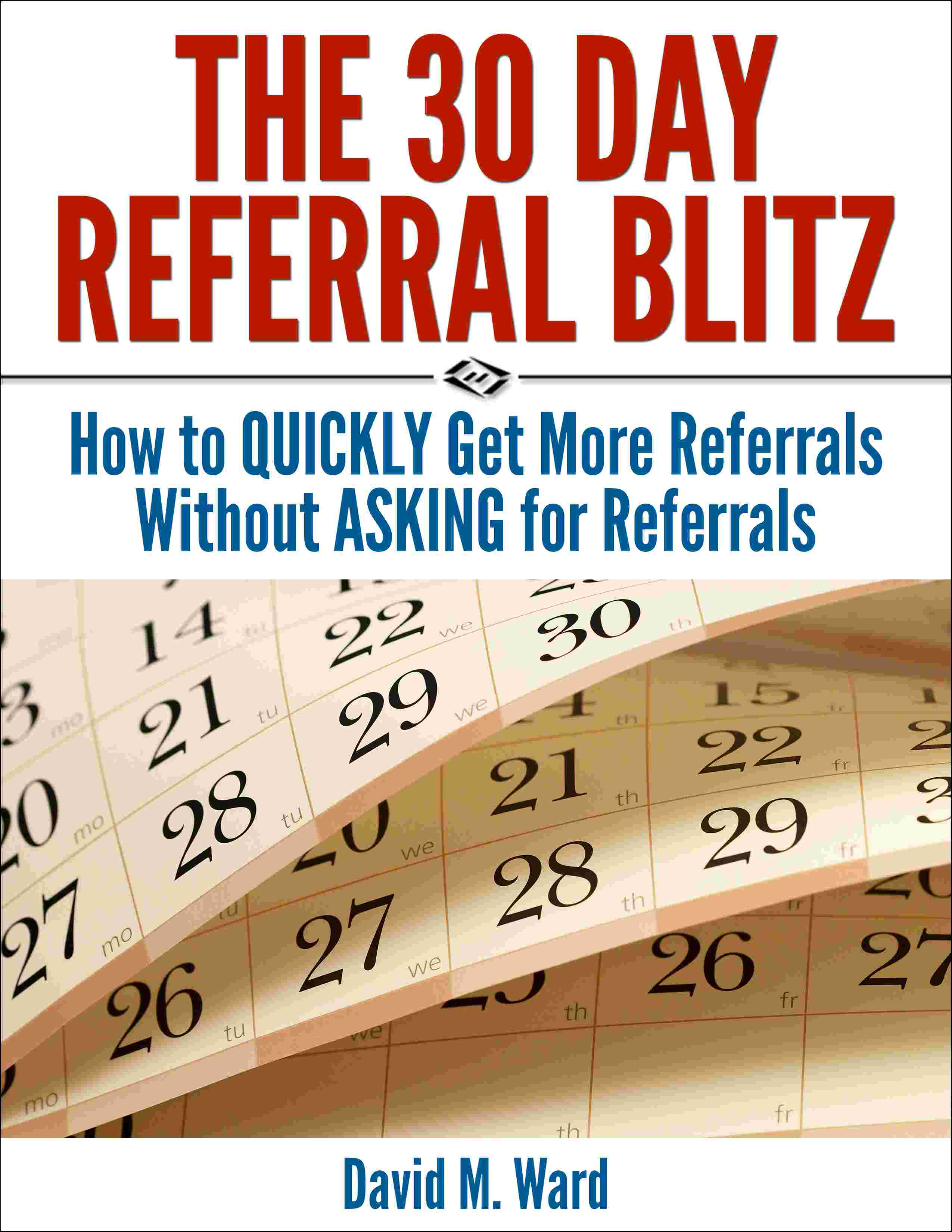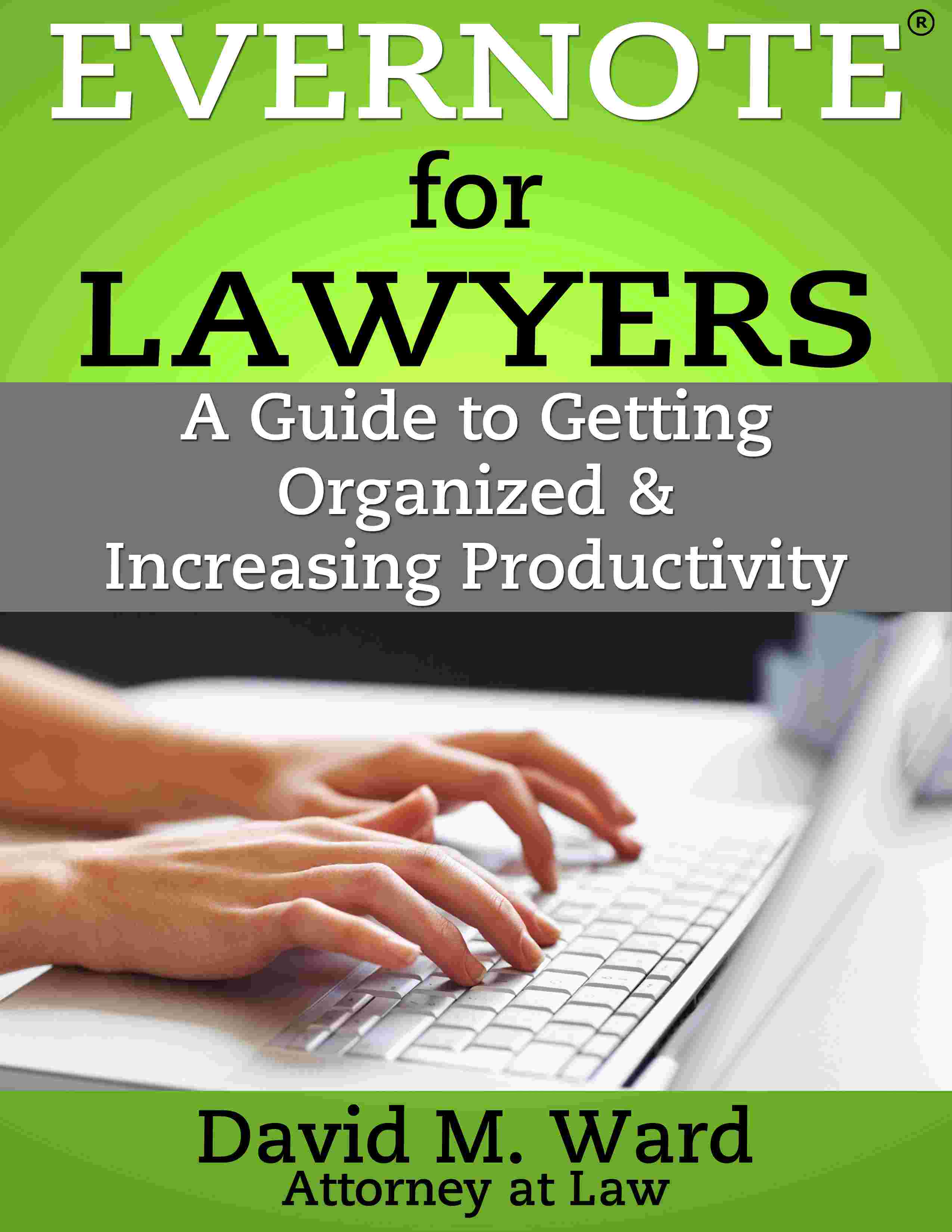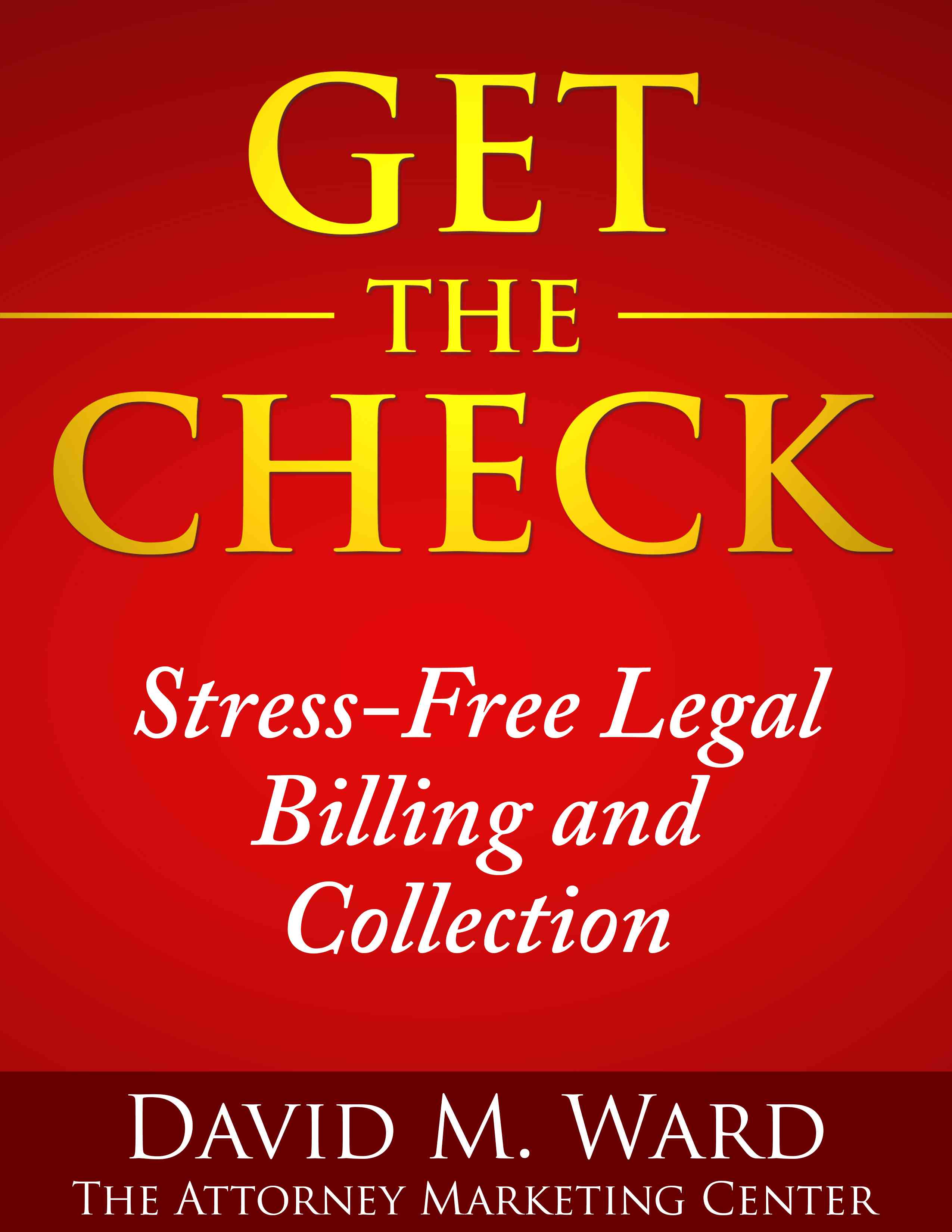When it comes to marketing your practice, if you’re not growing as quickly as you would like to, you might stop and ask yourself if you’re making things harder than they need to be.
You can use your back and legs to lift a boulder, straining and struggling, huffing and puffing, or you can use a lever to make the bolder easier to lift.
You can use a lever in your marketing, too.
Instead of trying to find clients one at a time, doesn’t it make sense to find a few influential people who have the phone numbers of those clients on speed dial? Why not direct (some of) your marketing efforts towards the people who sell to, advise, or otherwise work with the kinds of people and businesses you would like to have as clients?
You already know this works. You know professionals, business executives, consultants, entrepreneurs, and others who are influential in your target market. Some of them have sent you referrals. Some have introduced you to people who have asked you to speak or asked to interview you for their podcast or have asked you to write for their blog.
You want to know more people like this.
Because they can help you achieve your marketing goals in a fraction of the time than you could on your own.
It might take time to develop those relationships, but they can bear fruit for decades to come. They can also expedite your growth as they introduce you to other centers of influence in your target market.
Where do you start?
Step One: Identify them
That’s easy. They look a lot like your existing referral sources and business contacts. Start by identifying categories, by profession or business, industry or niche, and by other factors.
Once you have a list of categories, identify individual candidates. Talk to the people you know and ask them who they know who fit that description. Or hit up your favorite search engine and find their websites.
Step Two: Contact them
Also easy. Ask your existing contacts to introduce you, or pick up the phone and introduce yourself. Most have their phone number on their website.
Step Three: Build a relationship with them
This is where the rubber meets the road. This is what takes time and effort.
But not as much as you might think.
We’re talking about a business relationship, not courtship and marriage.
You talk to them, find out more about what they do, and tell them a bit about yourself. And you explore ways you can help each other (and each other’s clients or customers).
You find out if there is any synergy, and chemistry. And you see where it goes. Which is no doubt what you did when you built relationships with your current business contacts.
The key is to be willing to help others without the expectation of getting something in return.
When you do that, when you approach this with an open mind and heart, you build trust and open doors to new opportunities.
Where will it lead? Maybe nowhere. But if just a few of these new contacts want to work with you, it could be the start of a new and exciting chapter in the story of your career.
How to identify, approach, and build relationships with influential people—step-by-step


